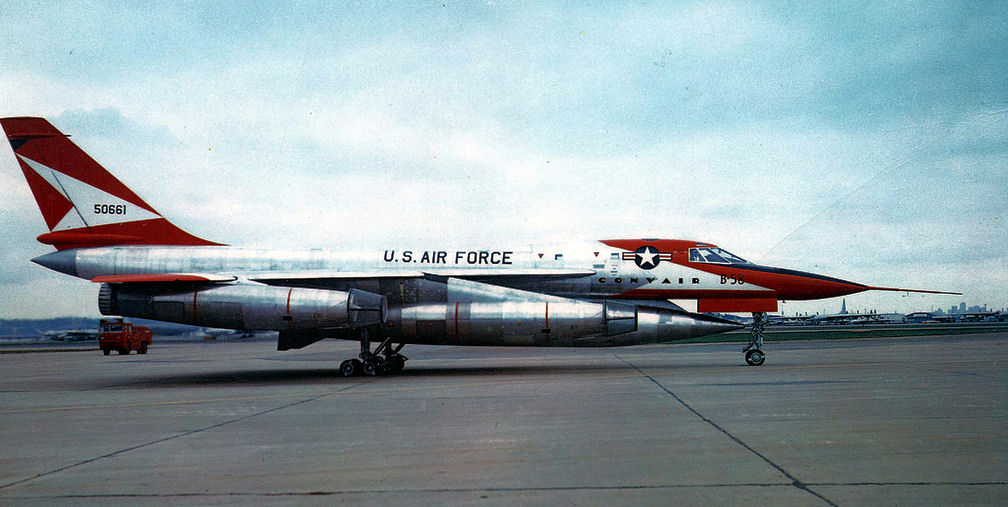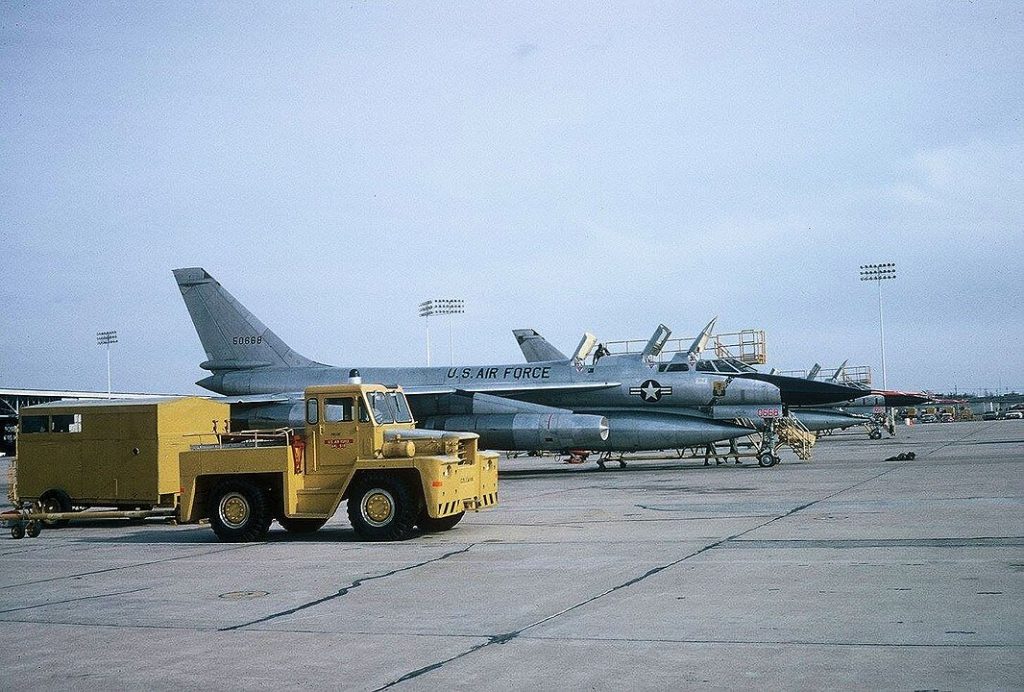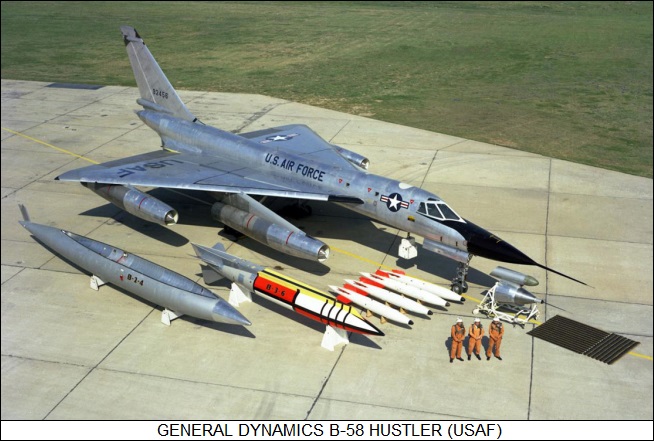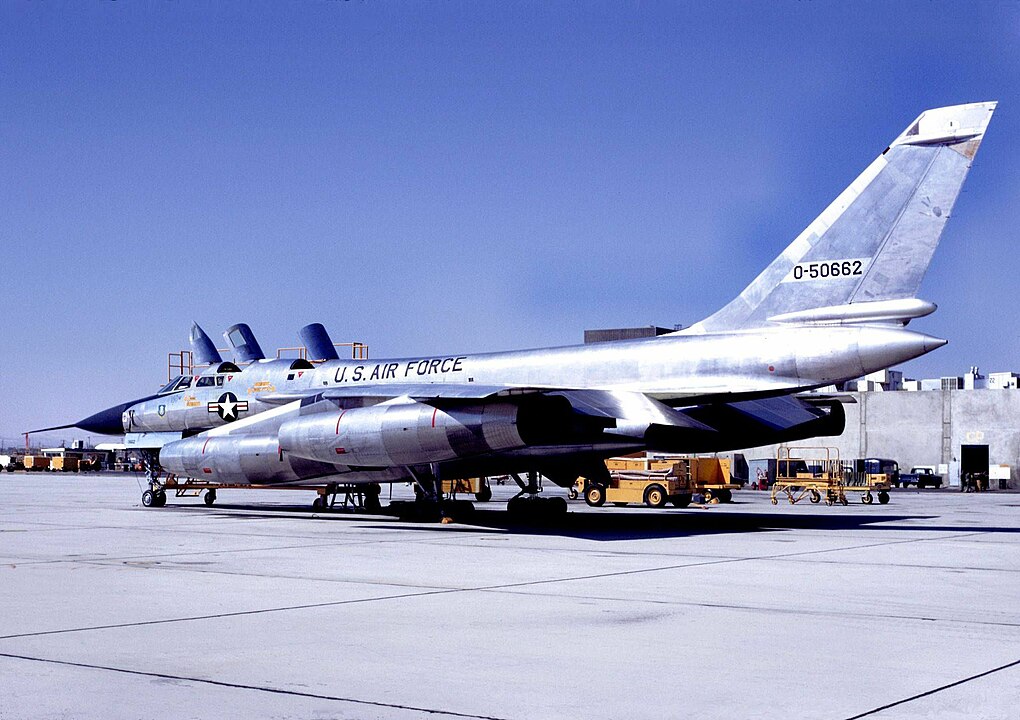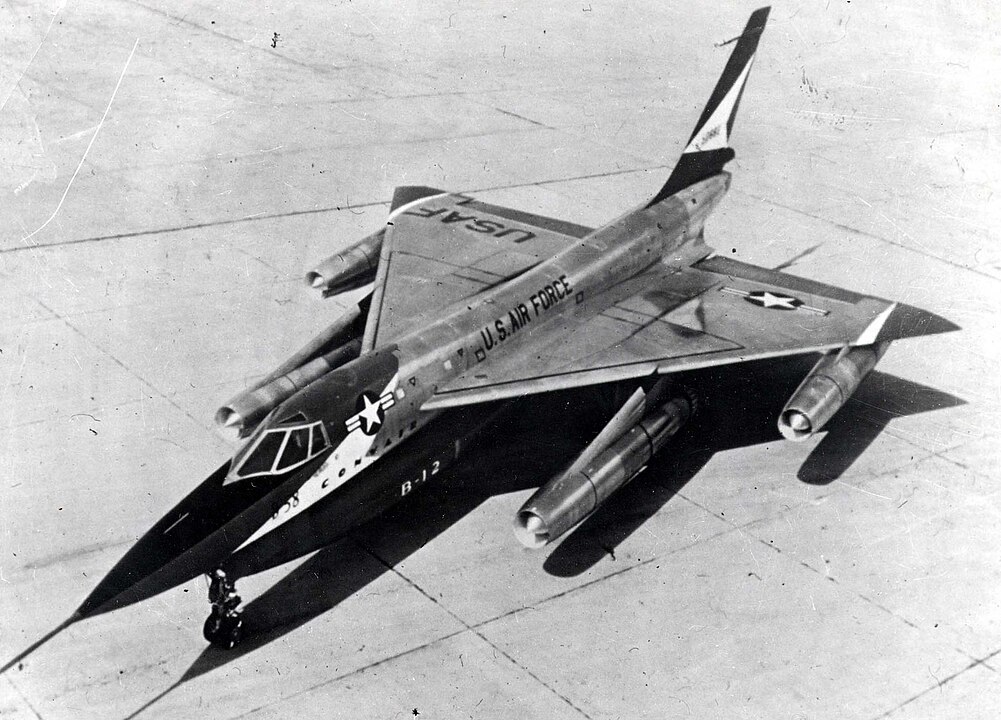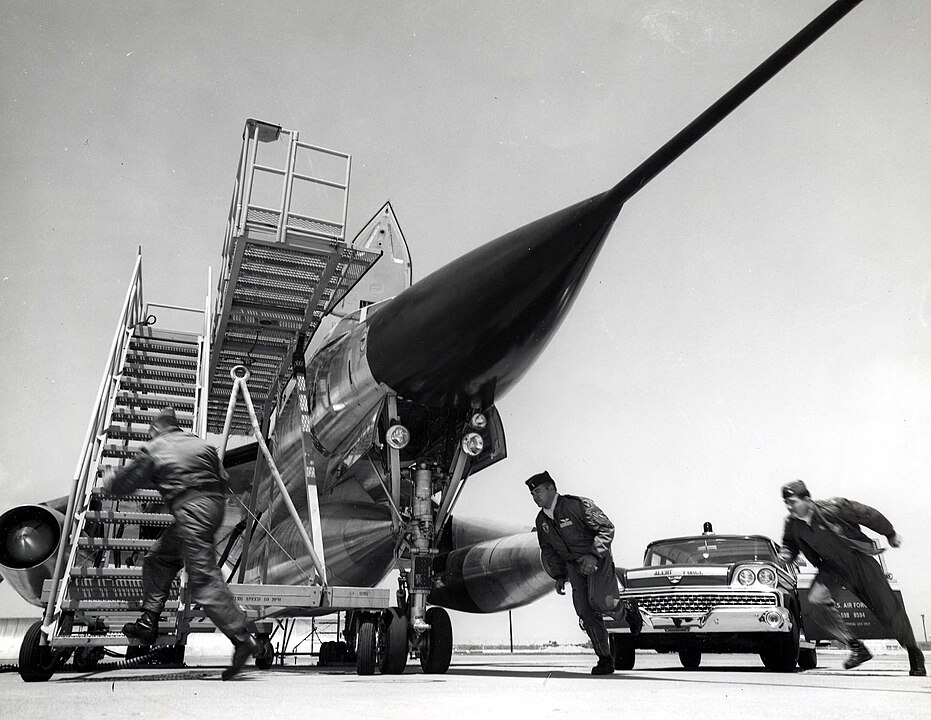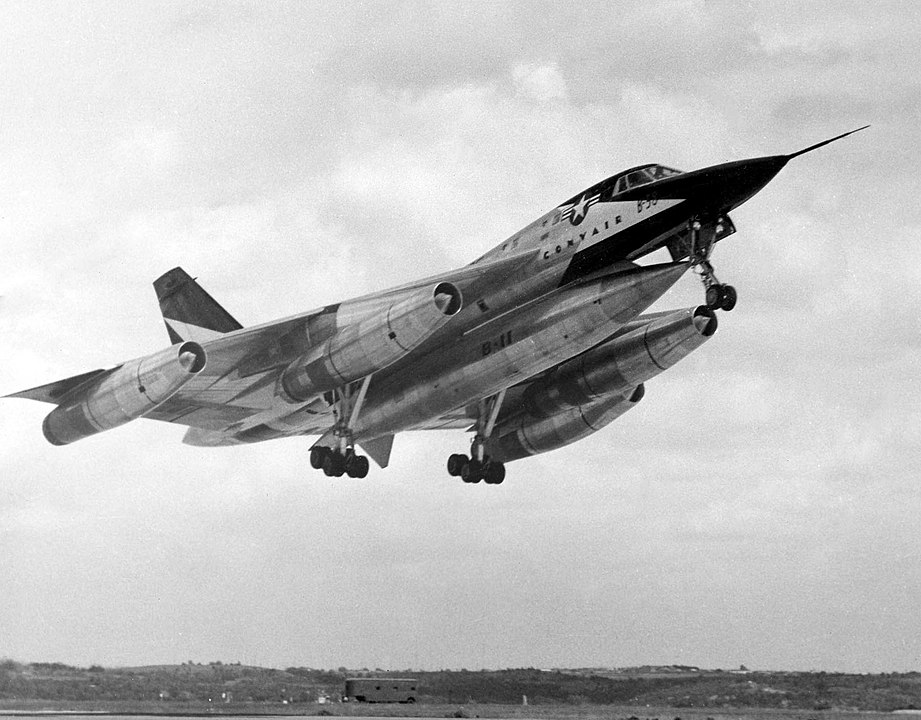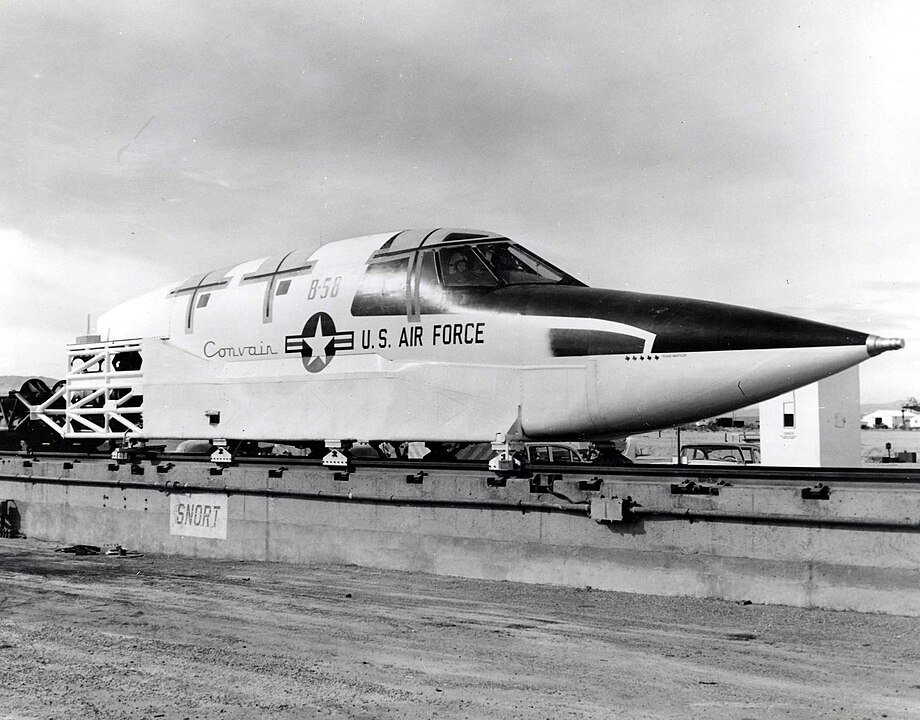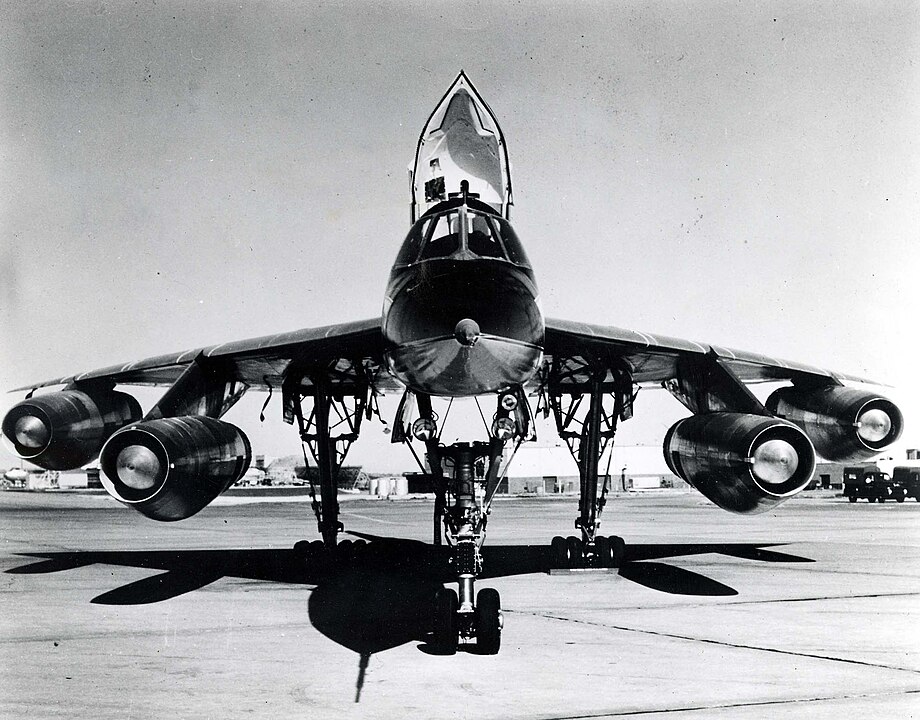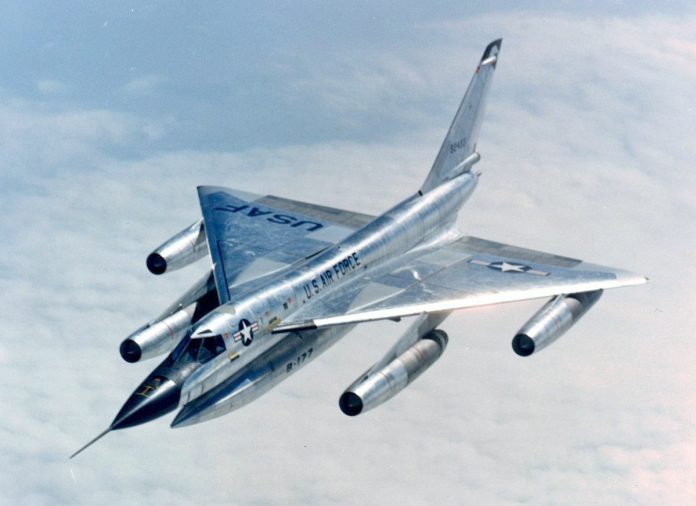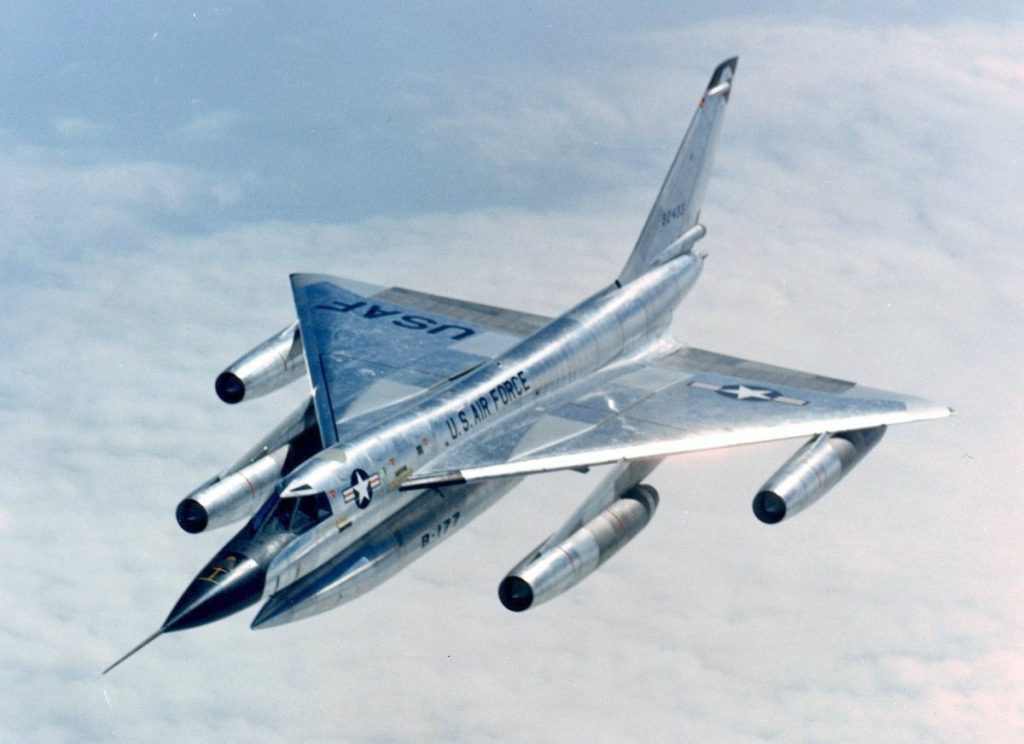
The first B-58 Hustler took its maiden flight on November 11, 1956, but it never saw any action. The aircraft was a magnificent bomber designed for carrying out high-speed nuclear strike missions. However, the change in Soviet tactics and an expensive development process led to the downfall of the Hustler, which was meant to replace the jet-powered B-47 Stratojet.

During its operational life, the Hustler’s safety record improved significantly. Notably, half of all Hustlers lost to accidents occurred before the aircraft became operational, indicative of the risks inherent in testing and developing such an advanced machine. When compared to other cutting-edge aircraft of its time, such as the SR-71 Blackbird and the F-111 Aardvark, the B-58’s safety record was not particularly alarming, with a 21% loss ratio compared to the SR-71’s 39%.
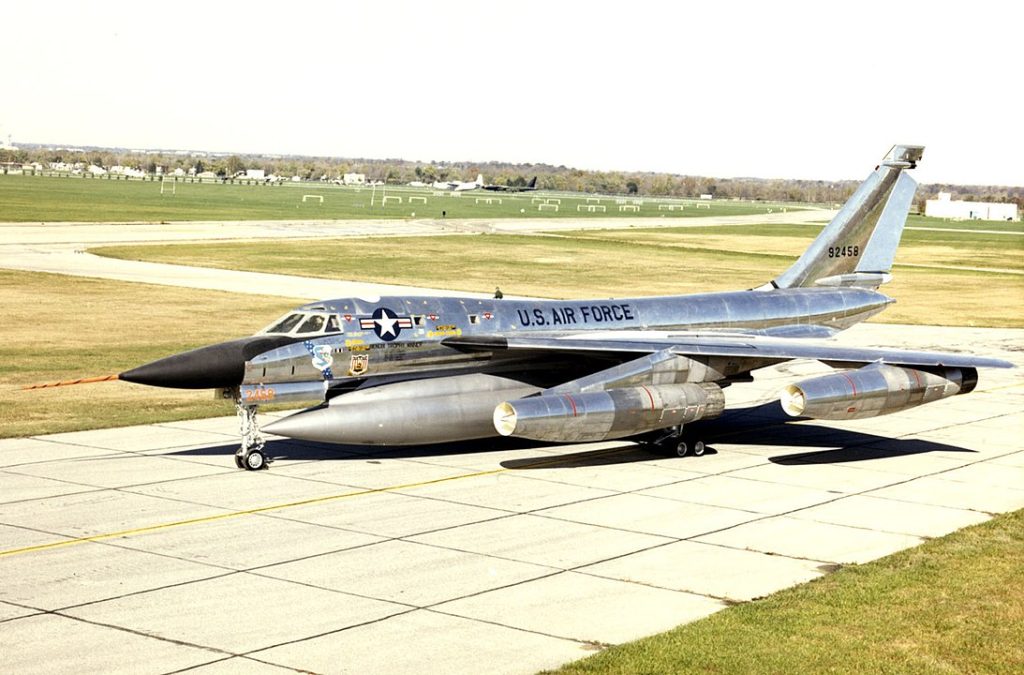
The Hustler faced ongoing technical issues with its advanced cooling systems for its onboard computers, which, while not a primary cause, contributed to a narrative of difficulty and maintenance challenges. As far as the mission changing, it seems probable that some of the crystal ball gazers at the Pentagon may have believed manned bombers would be replaced by ICBMs, but the XB-70 and later the F-111/FB-111 programs indicated the continuing need and desire for a supersonic bomber.
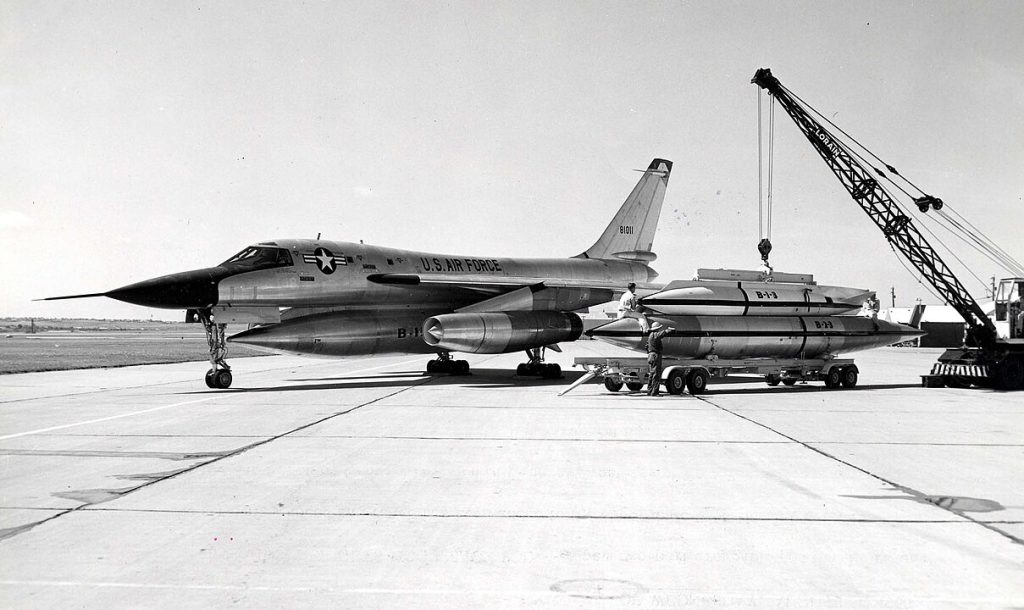
The swiftness with which the remaining B-58s were scrapped following their retirement—ordered by President Nixon only seven years after they left service—raises questions about the motives behind the decision. This was in stark contrast to other retired aircraft that remained in reserve or were even reactivated. In January 1970, the Air Force retired the aircraft.
related images you might be interested.
